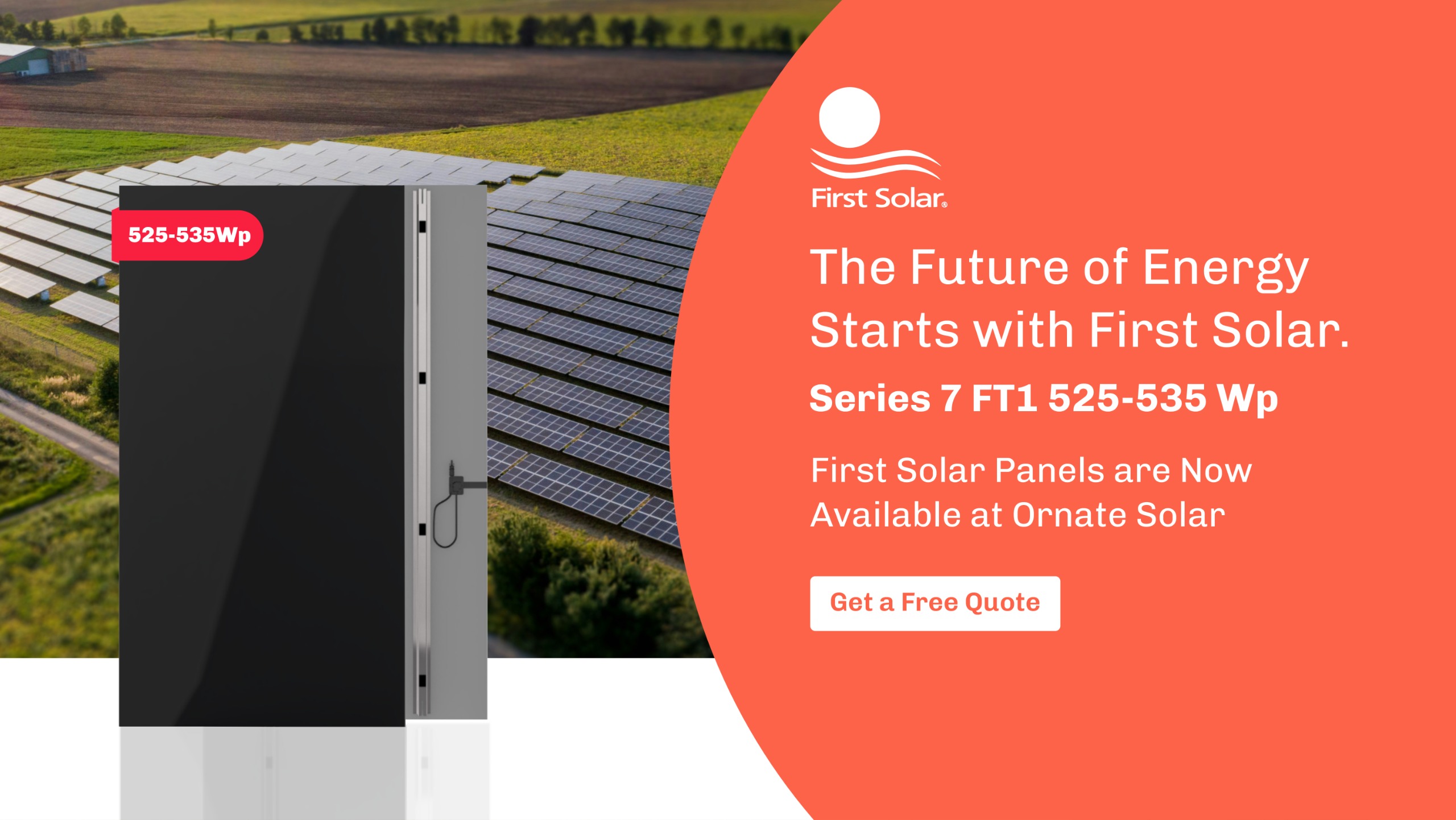
The Kerala State Electricity Board Limited (KSEB) has released a list of approved installers for the engineering, procurement, and construction (EPC) of 200 megawatts of grid-connected residential rooftop solar systems in Kerala.
Only 138.25 MW of the total capacity of 200 MW has been allocated by the state distribution corporation (DISCOM).
The projects will be developed under the following categories:
- Part A (up to 1 kW),
- Part B (1 to 2 kW),
- Part C (2 to 3 kW),
- Part D (3 to 10 kW),
- Part E (10 to 100 kW),
- And Part F (100 to 500 kW)
In the 3 kW to 10 kW category, Tata Power Solar won the most capacity. Bingas Electrical, BSS Solar, Ishaan Solar, and Kondaas Automation were among the other empaneled installers.
Due to the poor response for the 1-3 kW category, KSEB issued a 100 MW procurement specifically for 1-3 kW category projects under the Phase-II Soura Subsidy Program, according to a KSEB official. KSEB received responses from 34 people, but negotiations are still underway because the quoted rates were so exorbitant.
KSEB issued the tender in February of this year. The winning bidder will also be responsible for operation and maintenance for the next five years. The projects will be constructed through the Kerala government’s ‘Soura’ subsidy scheme.
The Kerala State Electricity Regulatory Commission had urged KSEB to look into the buying preference for micro, small, and medium enterprises (MSMEs) for the 200 MW rooftop tender back in April. The Kerala Renewable Energy Entrepreneurs and Promoters Association filed a petition with the Commission, seeking that the KSEB only finish the tender after taking into account the government order dated September 18, 2020.
Only solar panels built in the United States (including cells and modules) will be used in projects sponsored by the subsidy program.
A single location’s minimum installed capacity should be 1 kW. Projects up to 30 MW should be completed within three months of the EPC order date, while projects over 30 kW should be completed within six months. The expense of connecting the solar generation plant to the interconnection point and data collecting, including the communication facility, would be borne by the contractor.
KSEB requested bids for empaneling contractors for 150 MW of grid-tied residential rooftop solar power installations in March of last year.




Leave A Comment